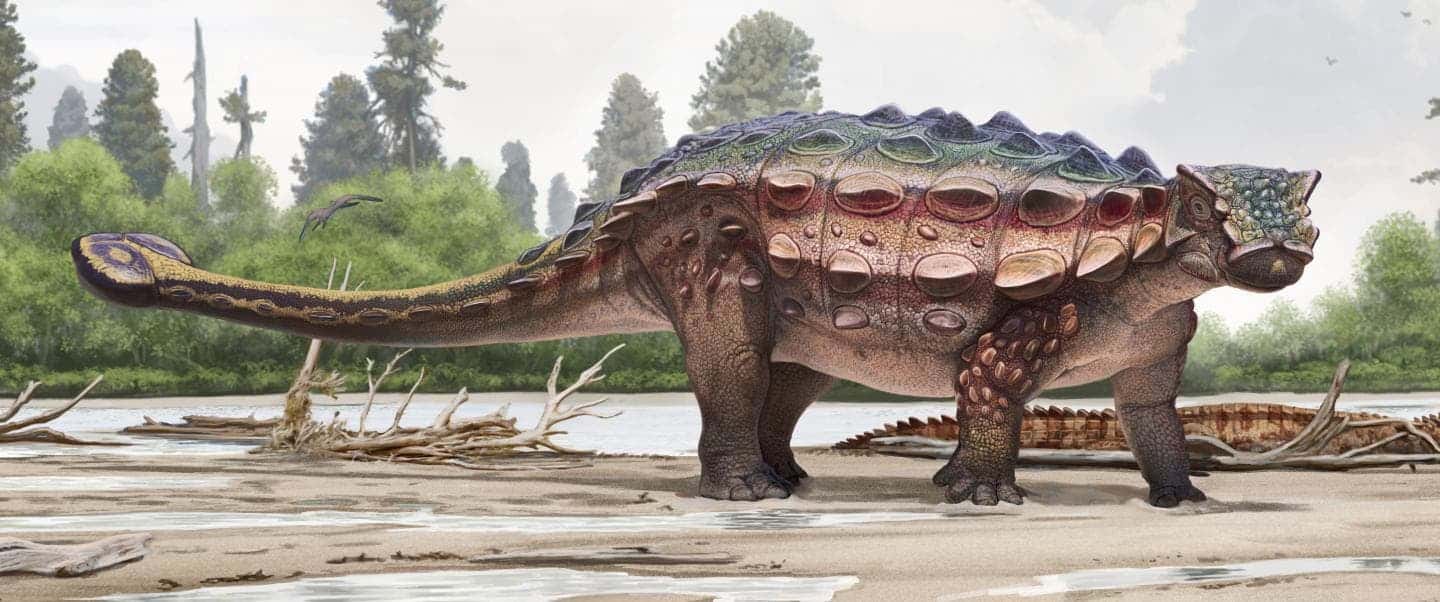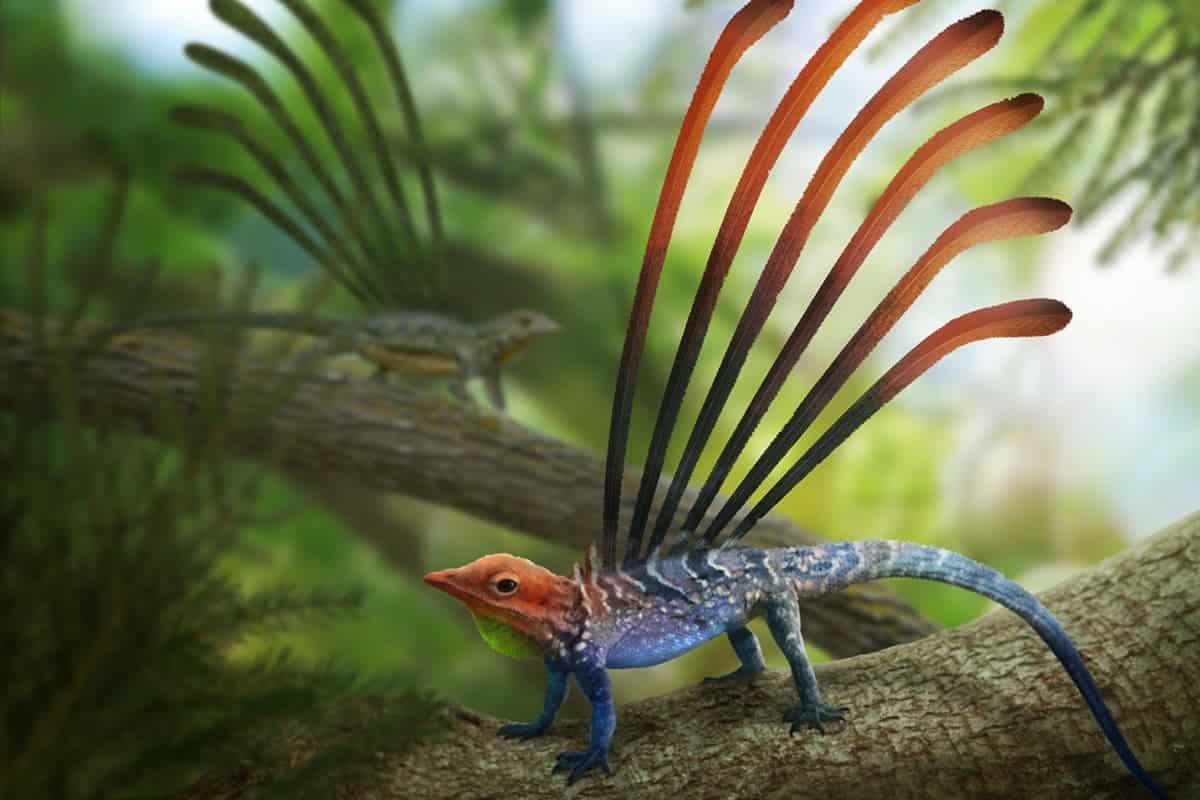Seventy-something million years ago, a dinosaur had the worst day. It got stuck, potentially in a quicksand-type trap, and never made it out. Now, paleontologists working in Chile have uncovered its fossil, which was excellently preserved — and they believe the dinosaur can help us better understand how an important group of dinosaurs evolved and developed in the Cretaceous.
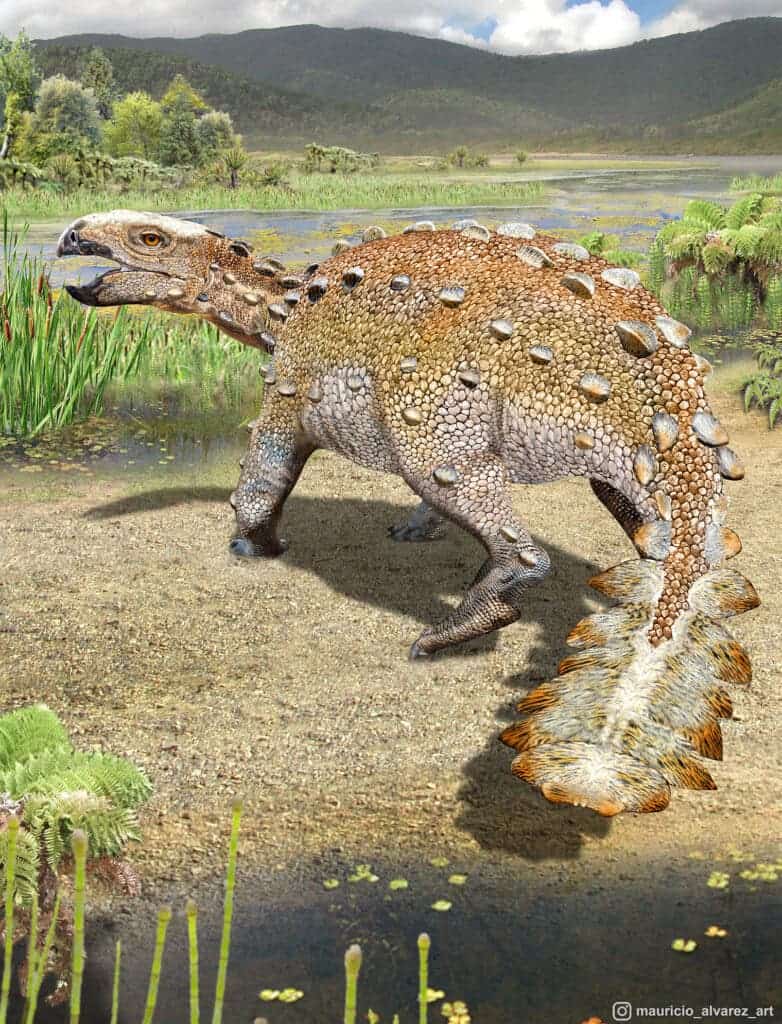
Ankylosaurs are a group of armored dinosaurs dating to the very end of the Cretaceous Period, about 68–66 million years ago. They measured up to 6-8 meters (20-26 ft), weighed 8 metric tons, and walked on four limbs. They had a large, robust body and were covered in extremely solid plates that served as a strong defense against predators. The bones in their skull and other parts of the body were fused together, making the entire structure even more solid. But most notably, they had a strong tail club that researchers believe was used to defend both against predators and in combat against other members of its own species. Ankylosaurs were built like a tank, and they could pack quite a punch as well.
We know a lot about ankylosaurs — or at least some of them. They evolved on both Laurasia and Gondwana, the two continents resulting from the break-up of the supercontinent Pangea. But while ankylosaurs from the northern Laurasia are rather well-known, those from Gondwana (which are the earliest group) are poorly understood. This new study could shed new light on them.
An early Ankylosaur
Armored dinosaurs from Gondwana are enigmatic, write the authors of a study describing the fossil from Chile — which is why the new find is so intriguing, said Alexander Vargas, one of the study authors, for ZME Science.
“The new dinosaur is a transitional ankylosaur: an evolutionary link between the typical Ankylosaurs of the northern hemisphere, and older lineages of armored dinosaurs. It is the first good skeleton from South America and the first named species of Ankylosaur for this continent (only unnamed scraps and pieces had been previously discovered) , and it proves that ankylosaurs from the southern hemisphere were radically different from those of the north, having separated from them very early in evolution, and evolving different kinds of tail weaponry.”
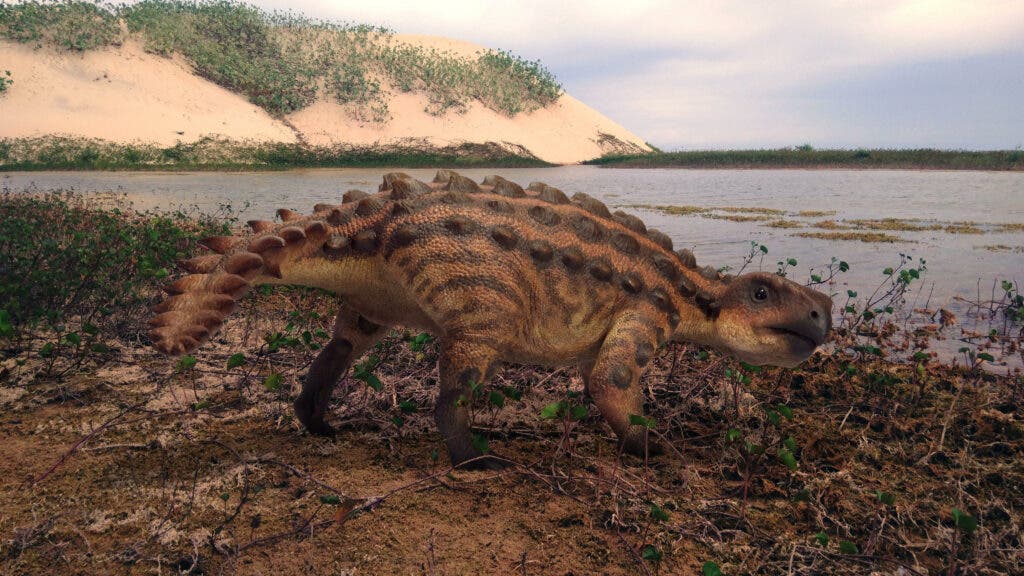
The newly-discovered dinosaur was named Stegouros elengassen. It has some of the distinctive skull features characteristics of other ankylosaurs, but the rest of its skeleton is strikingly primitive, showing stegosaur-type characteristics — stegosaurs lived much earlier, going extinct around 100 million years ago.
Stegosaurs also had a weapon-like tail, but unlike the ankylosaurs (whose tail is like a club), the stegosaurs’ tails consisted of spikes. The newly-discovered Stegouros has somewhat of a hybrid tail — it has seven pairs of flattened, bony deposits fused together, which could mark a transition from one group to the other.
The researchers were fortunate to find such a well-preserved fossil, Vargas explained.
“The fossil of Stegouros was preserved with its posterior half (“waist down”) fully articulated and complete, in a deeper position than the anterior half of the animal, which was scattered and missing a few elements. The evidence suggests that the posterior half of the animal was buried quickly at a river bank, while the upper half lay exposed for a while and fell apart before it, too, was buried. It is possible that this dinosaur was stuck in a death trap such as quicksand; its legs were straightened out, which is uncommon (they are folded in most carcasses), and it was also found belly down, unlike carcasses of armoured dinosaurs that have been transported by a river, which tend to be belly up.”
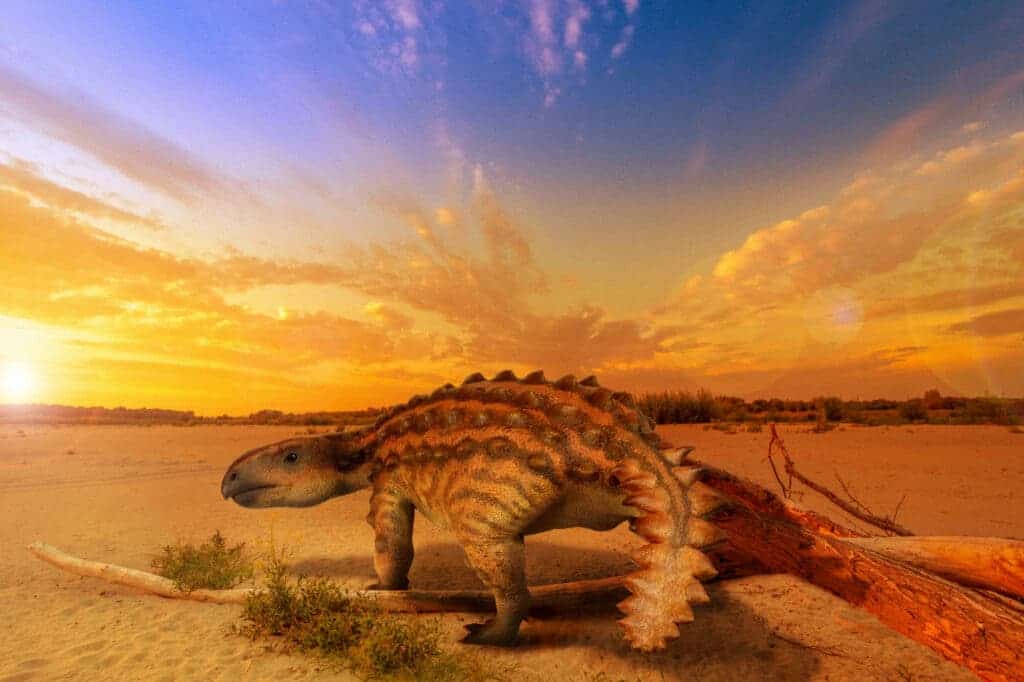
However, the digging conditions were very rough, the researcher added in an email. The block of rock containing the fossil was on top of a very steep hill, and at some point, researchers only had five days of work until freezing conditions came. A small team of 5-6 people worked in rough conditions bordering hypothermia and one of them suffered an accident, falling down and breaking his rib.
In the end, though, this hard work and sacrifice bore fruit. In light of these findings, the authors conclude that after Laurasia and Gondwana split up, ankylosaurs on the two different continents also started evolving in different ways. However, the finding also shows just how much we have yet to learn about ankylosaurs, how they emerged and spread at the end of the Cretaceous.
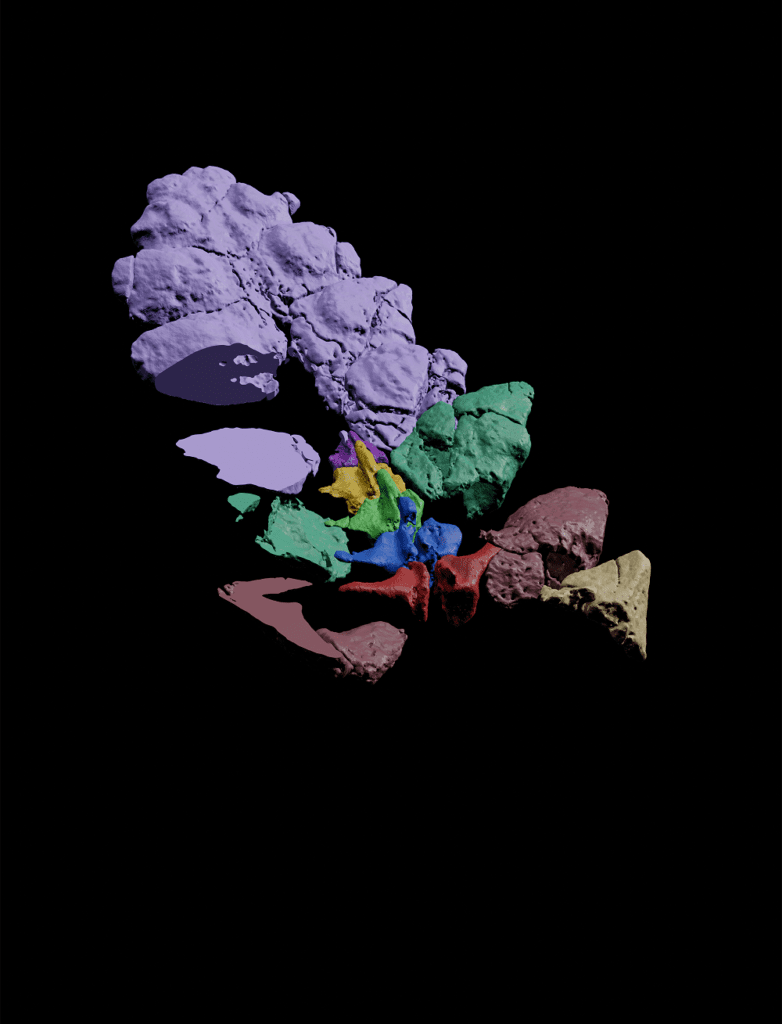
If you’re curious about what the day of an armored dinosaur in the Cretaceous was like, we asked Vargas just that. Here’s what he said:
“Stegouros lived in a delta that opened in a fluvial fan, like that of the Nile River, with winding rivers and islands between them We have found abundant evidence of Nothofagus forests, such as those found today from central to southern Chile, along with herbaceous vegetation and ferns. It is a typically southern environment from the late Cretaceous and one of the few continental deposits that we have in the entire Southern Hemisphere at this time. Stegouros was a herbivore that may have preferred living near water. It had a tough skin laid with small ossicles and larger osteoderms as well as its impresssive tail weapon so it probably got little trouble from predatory dinosaurs such as small Noasaurids or even large Megaraptorids (tough to chew).”
The research was published in Nature.
